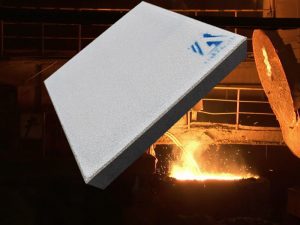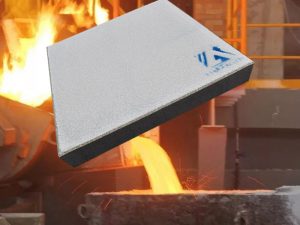The use of aluminum dihydrogen phosphate in the ceramic foam filter plate
The use of aluminum dihydrogen phosphate in ceramic foam filters plate.

Aluminum dihydrogen phosphate is a kind of high-temperature-resistant binder. It has two specifications of solid and liquid. It is widely used in ceramic foam filter plates. Many customers want to know more about aluminum dihydrogen phosphate as a high-temperature binder. Application of ceramic foam filter plates. The proportion of aluminum dihydrogen phosphate of Zhengzhou Yucai Chemical Co., Ltd. is 1.47 1.5 1.55 1.58 respectively, and it can also be customized according to customers.
Today, I have the following experiences to share for your reference:
(1) As a binder, when the density of aluminum dihydrogen phosphate is 1.35g/cm3, the slurry has good viscosity and thixotropy. At the same time, as the content of aluminum dihydrogen phosphate solution increases, the sizing sponge mesh becomes smaller (the larger the pore mesh value).
(2) The higher the concentration of aluminum dihydrogen phosphate solution, the higher the strength of the green body after drying, but the easier the green body is to regain moisture. On the contrary, the lower the concentration of aluminum dihydrogen phosphate solution, the lower the strength of the green body after drying, but it is not easy to regain moisture.
(3) After high-temperature sintering at 1180°C, aluminum dihydrogen phosphate is converted into aluminum phosphate, which makes the product a certain strength. Alumina ceramic foam filter products mainly present corundum, AlPO4 triclinic, and a small amount of quartz crystal phase. The strength of the product is mainly provided by the bonding force between Al-O-P-O-Al generated by aluminum dihydrogen phosphate at a high temperature, and the product strength is not high. For this reason, it is recommended to increase the sintering temperature to above 1250°C to generate a high-strength mullite crystal phase to improve product strength.
(4) Aluminum dihydrogen phosphate has no strength at low temperatures and high strength at medium temperatures. At 1 000 to 1 300 ℃, it starts to sinter, decomposes, and volatilizes P2O5, forms a ceramic bond, and does not generate low melt at high temperature. It is a medium and high-temperature coating binder. of choice.
Aluminum dihydrogen phosphate has the advantages of good water resistance, small curing shrinkage, high-temperature strength, and high-strength bonding at lower temperatures. It has been widely used in the fields of ceramic fiber composite materials, refractory materials, and inorganic coatings. For the preparation of foam ceramics, it is expected to realize the low-cost preparation of foam ceramics. At present, there are few reports at home and abroad on the preparation of foamed ceramics by the aluminum dihydrogen phosphate bonding method. Using aluminum dihydrogen phosphate as a binder to prepare foamed ceramics, the obvious effects of aluminum dihydrogen phosphate content, solid phase content, and high-temperature treatment on linear shrinkage, bulk density, flexural strength, open porosity, and microscopic morphology of ceramic foam filters and confirmed the structure and performance evolution mechanism of foamed ceramics at high temperature.




